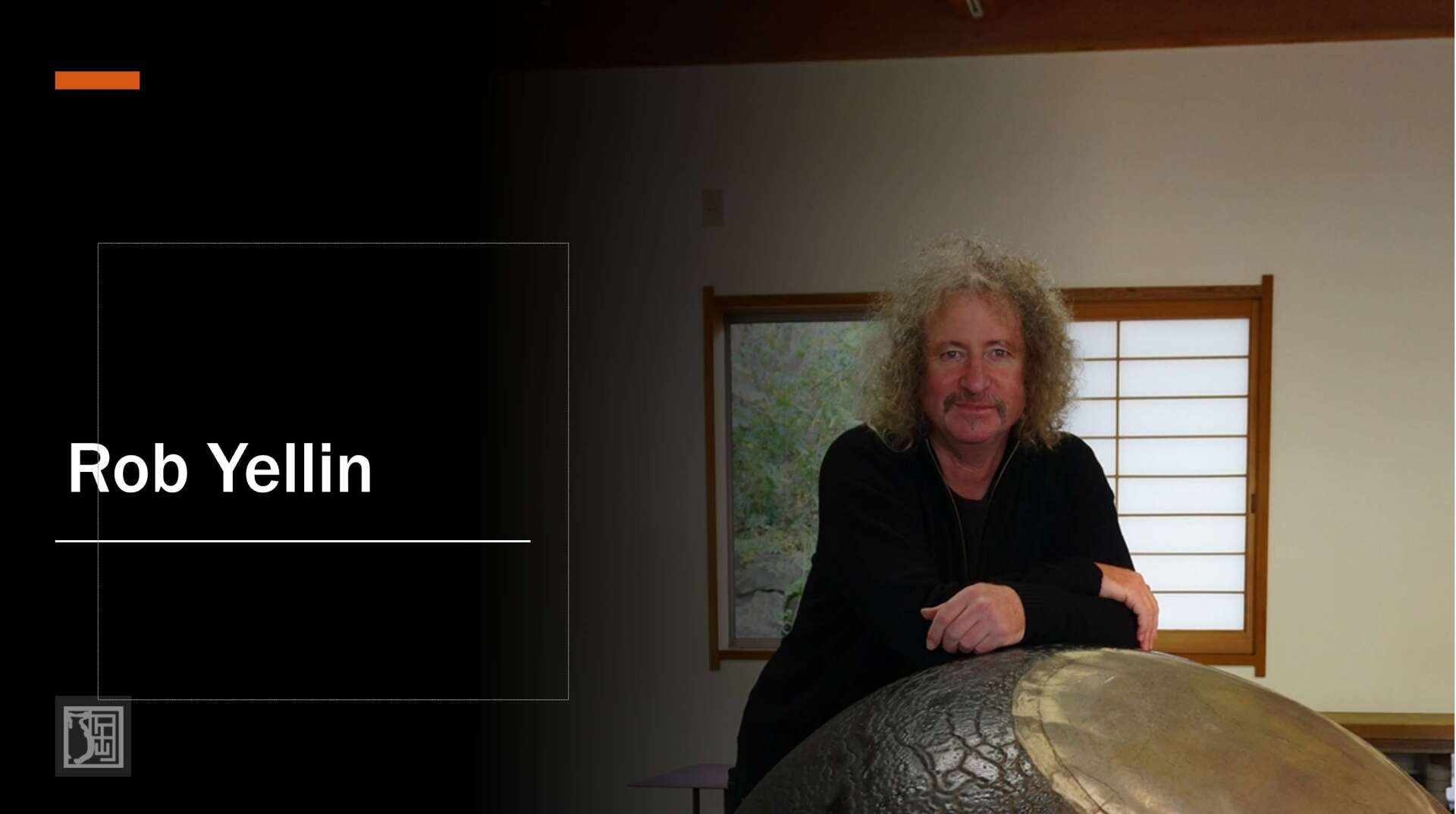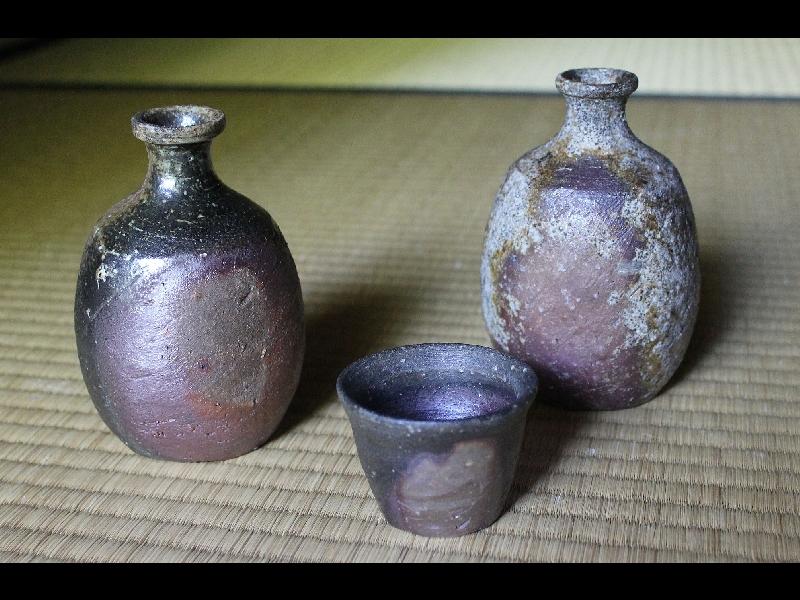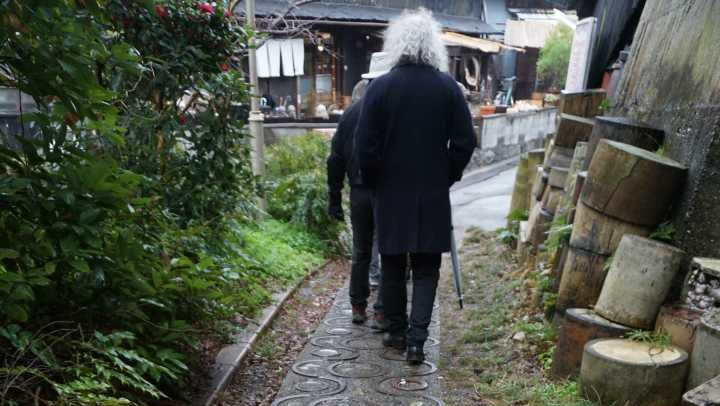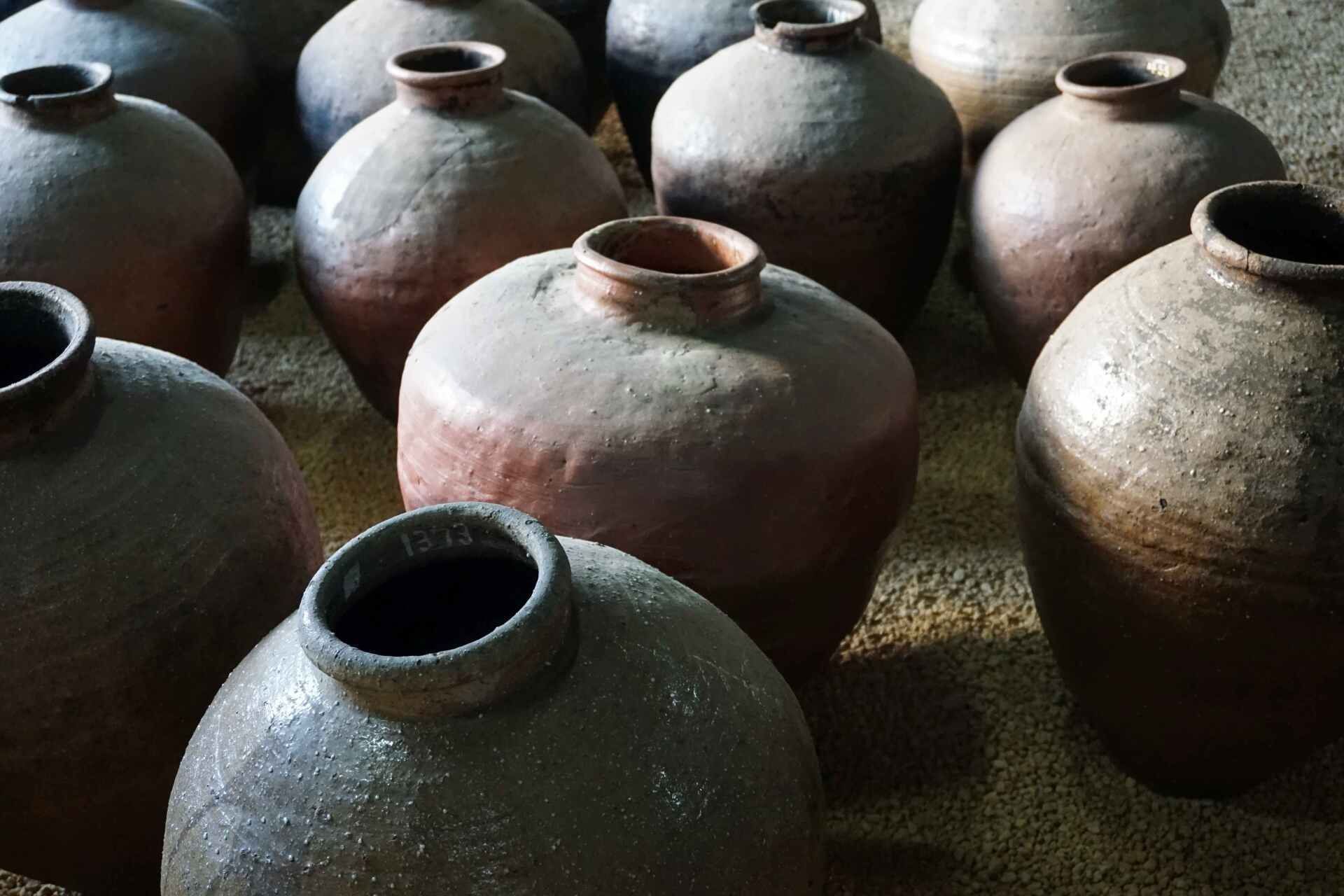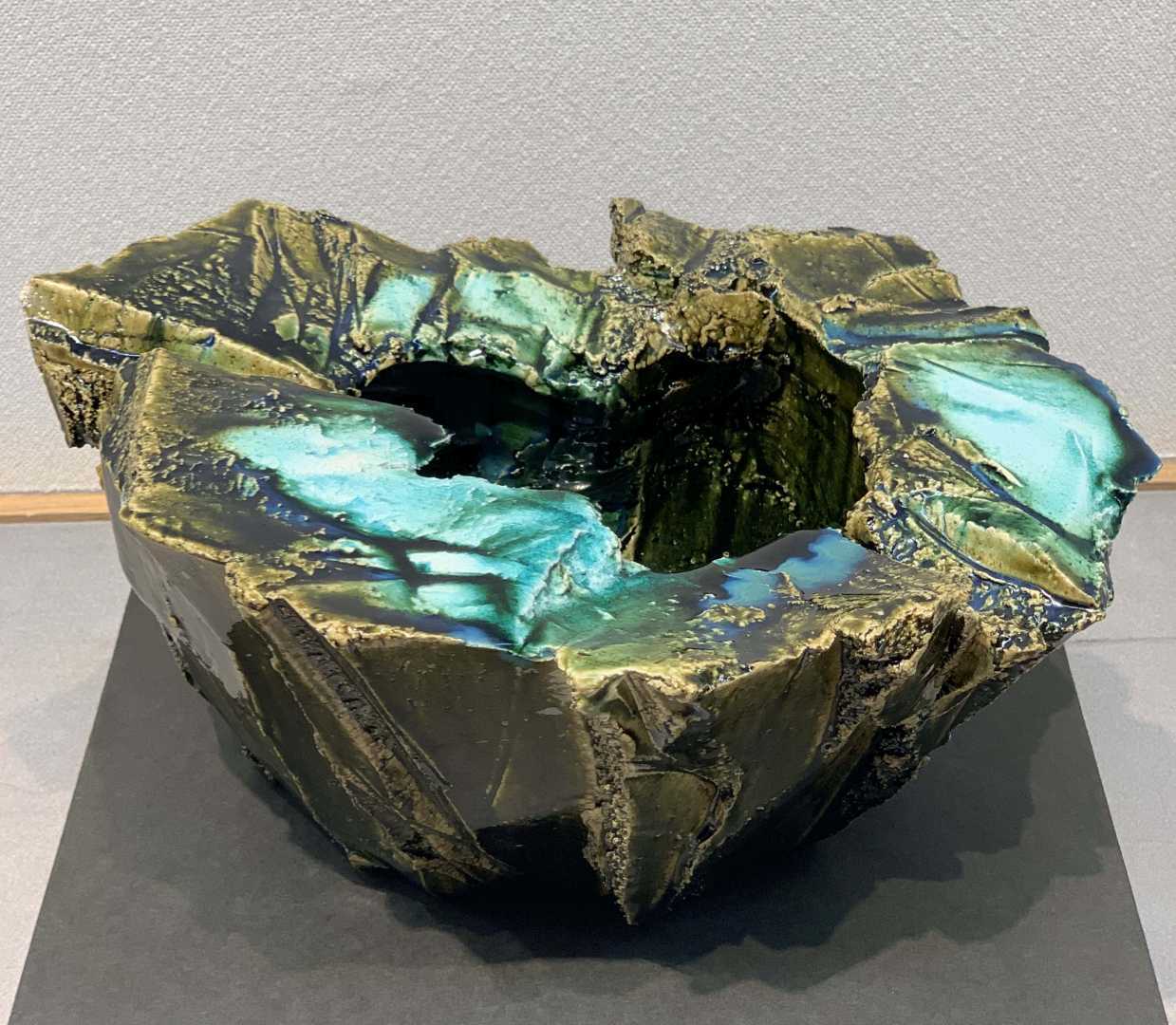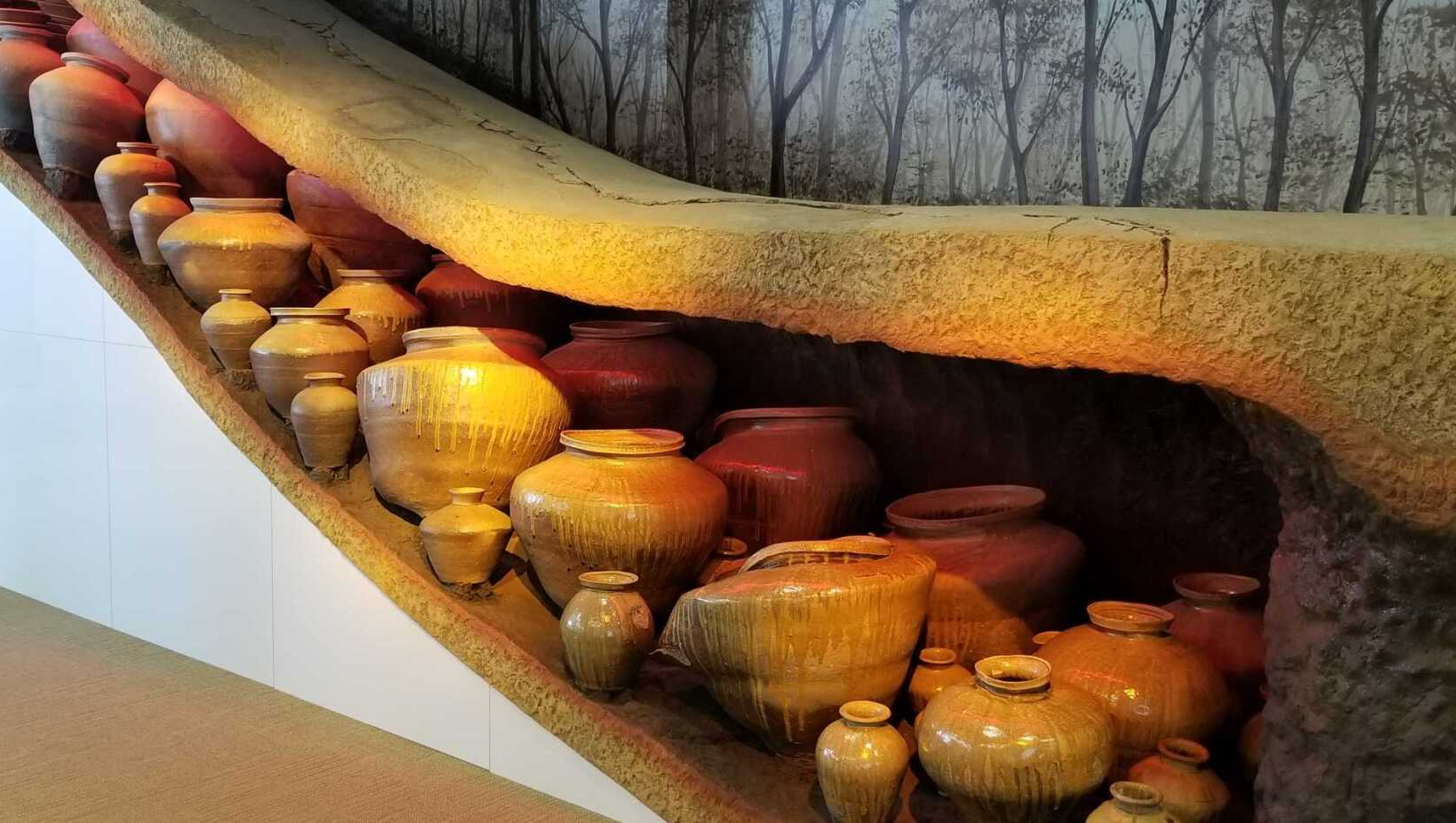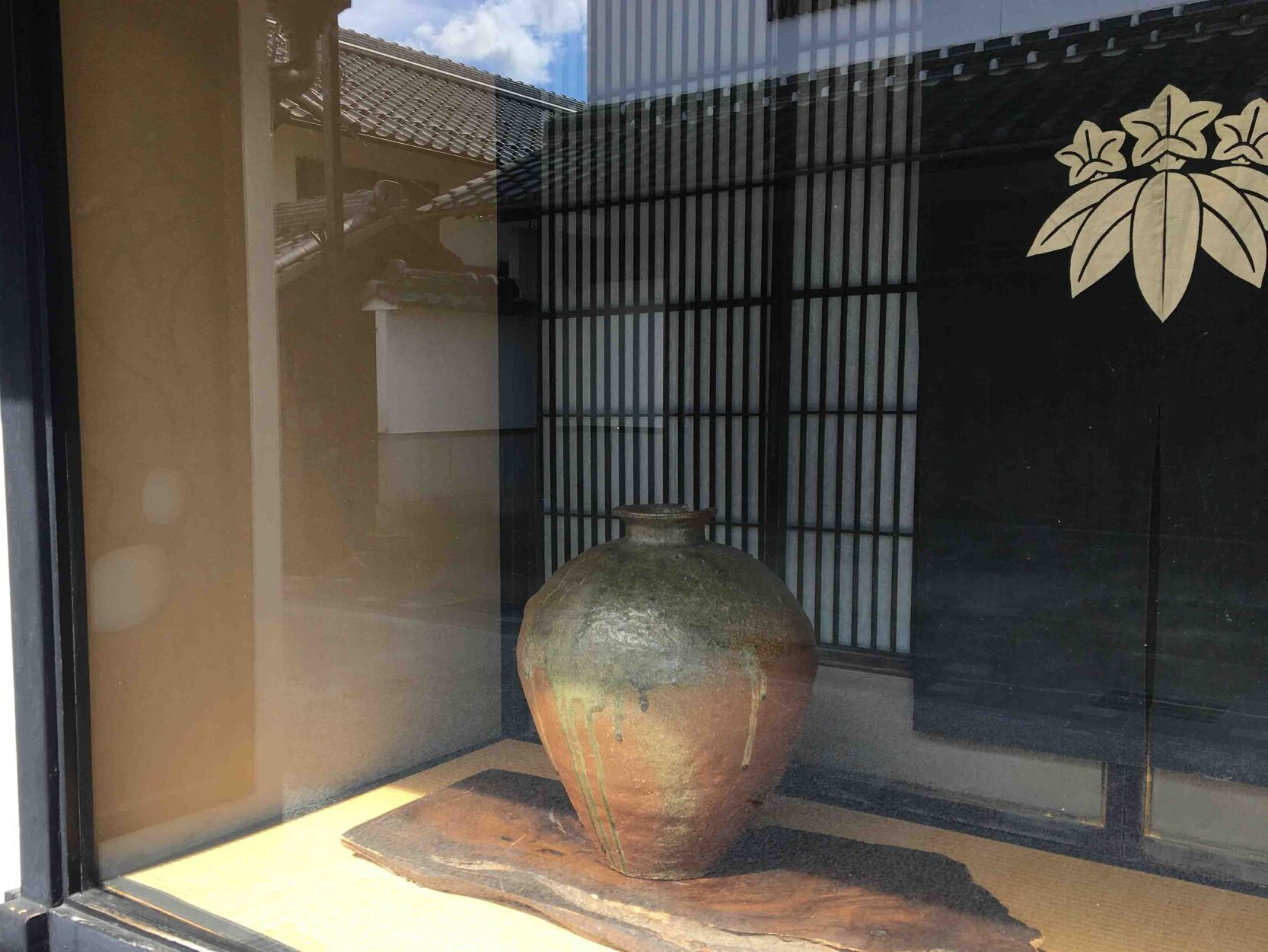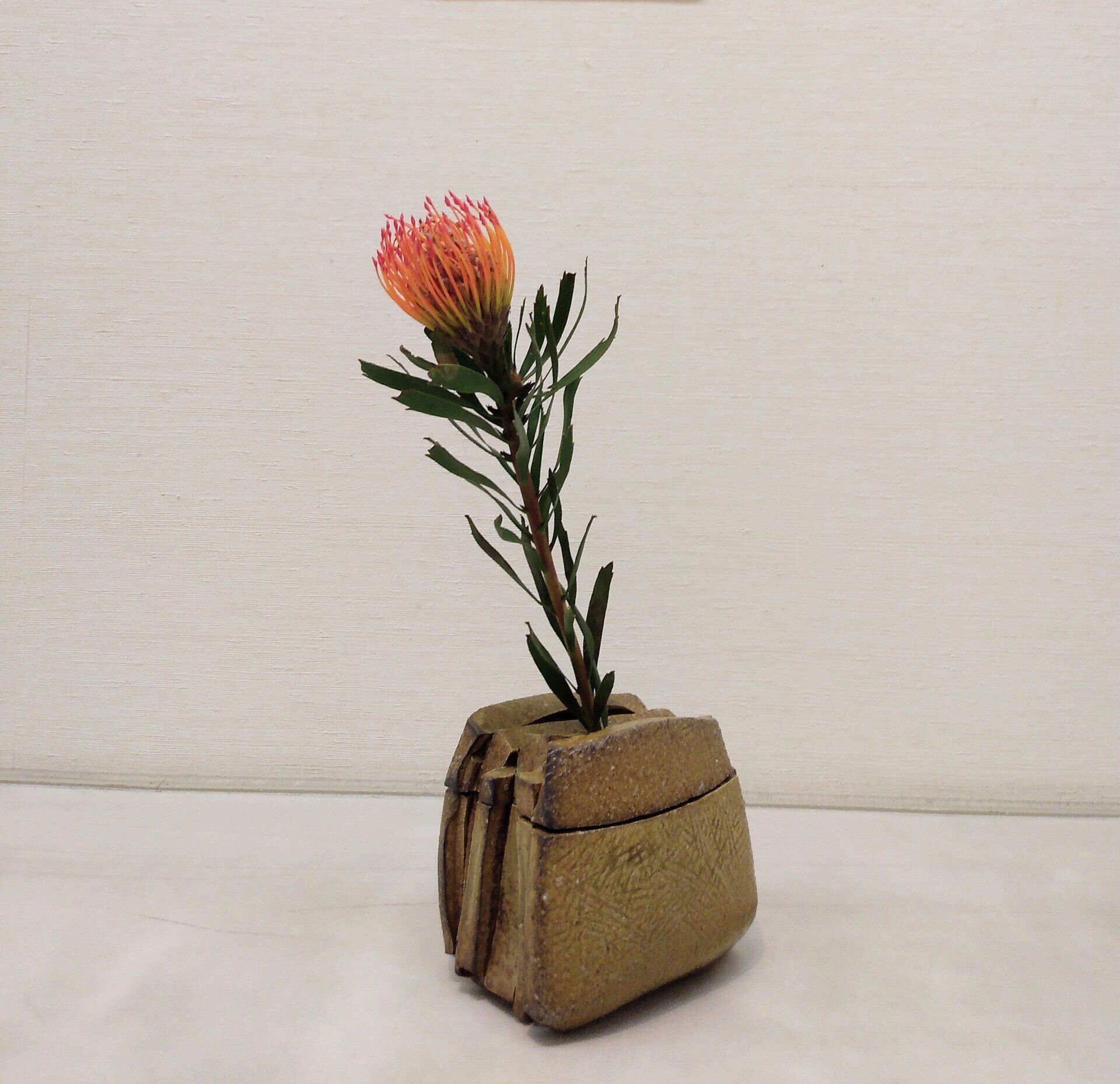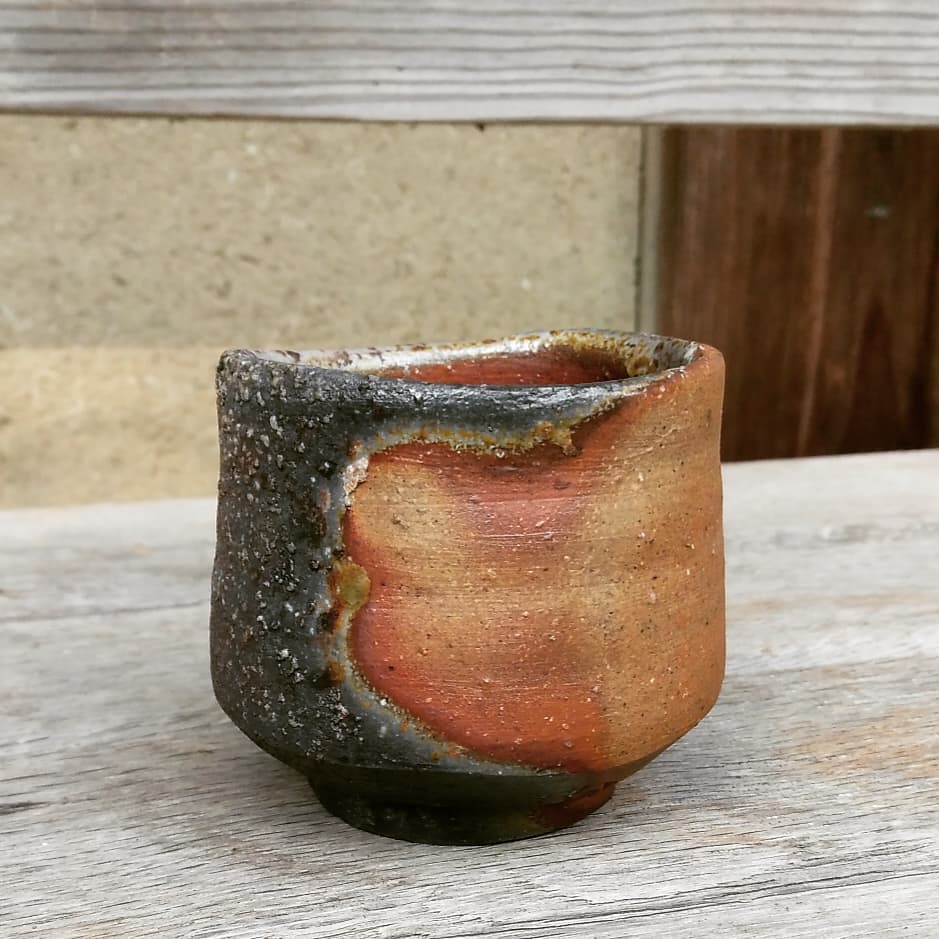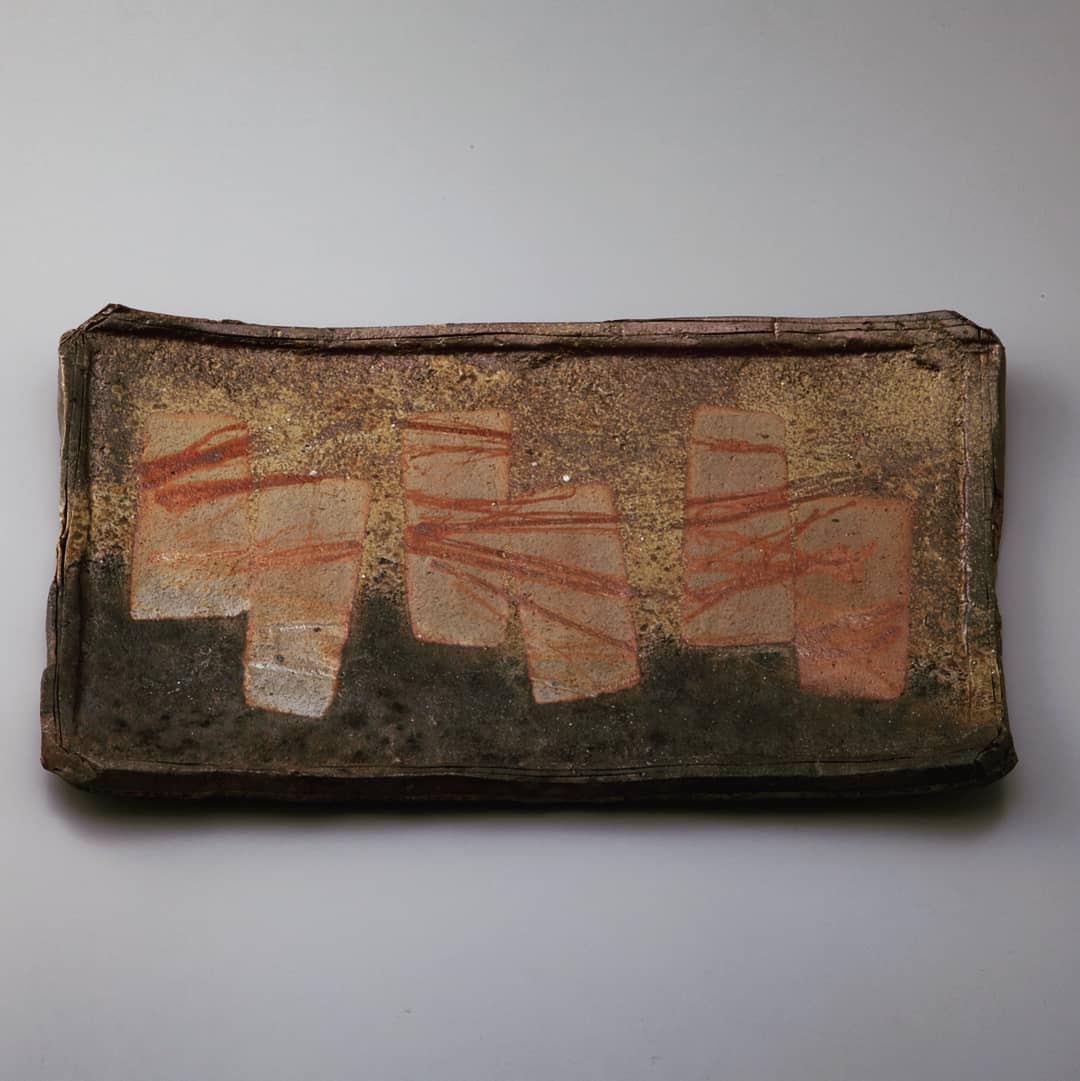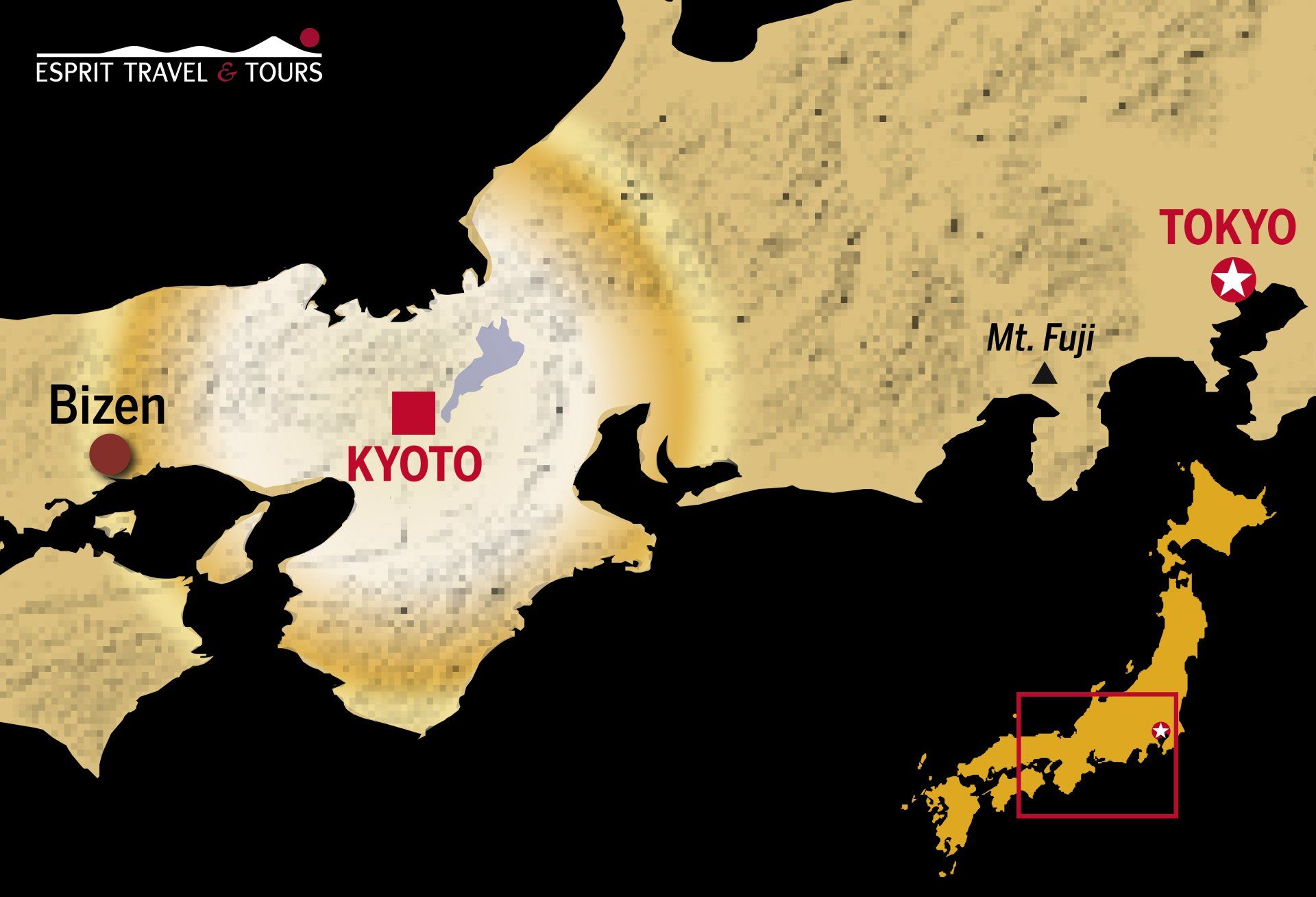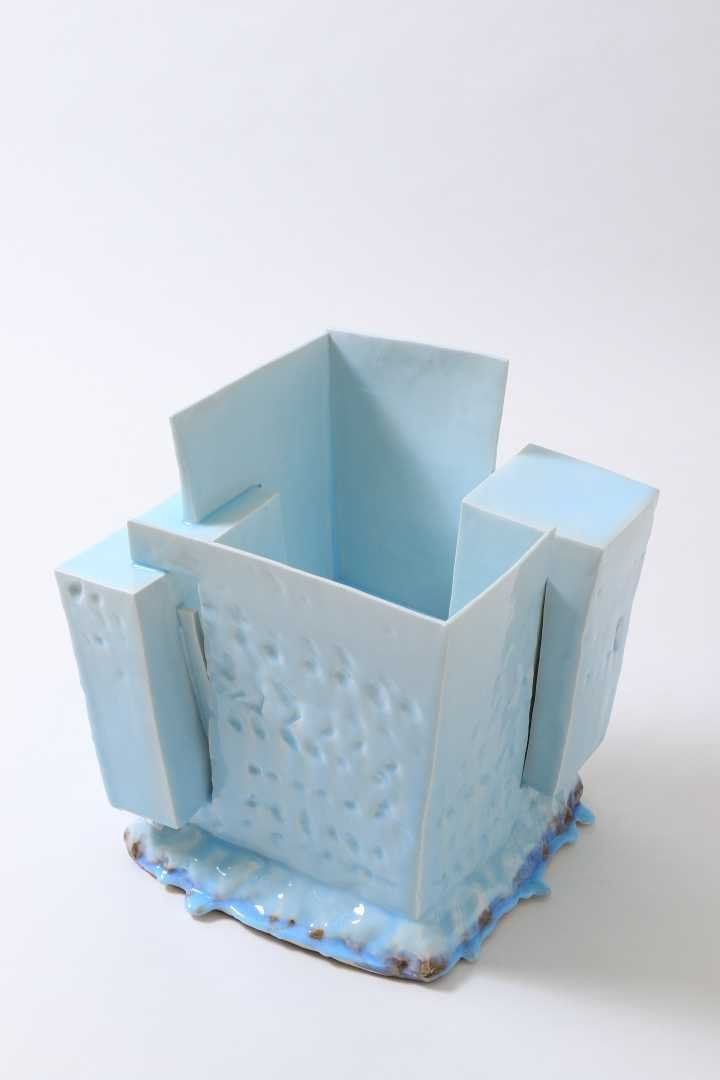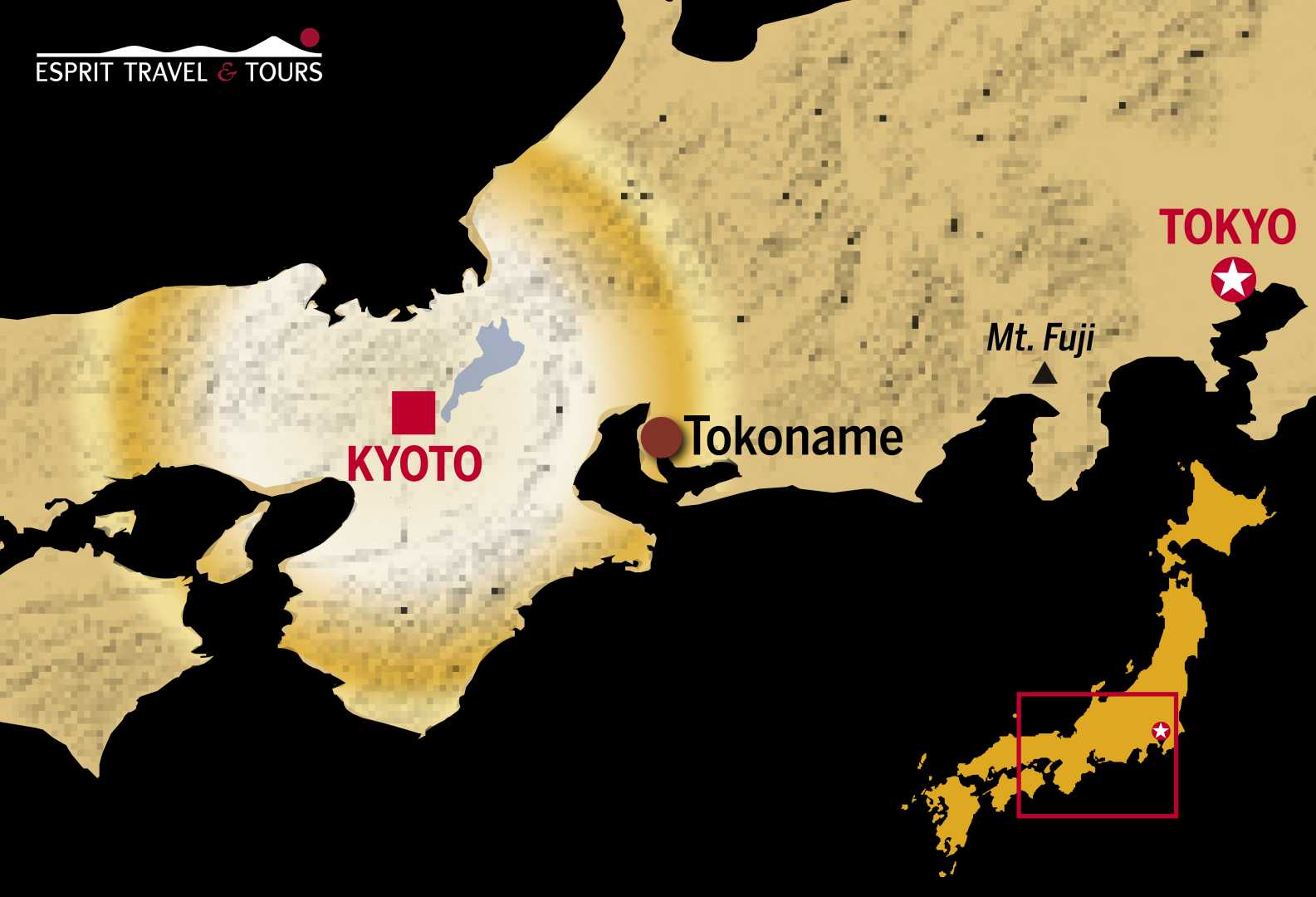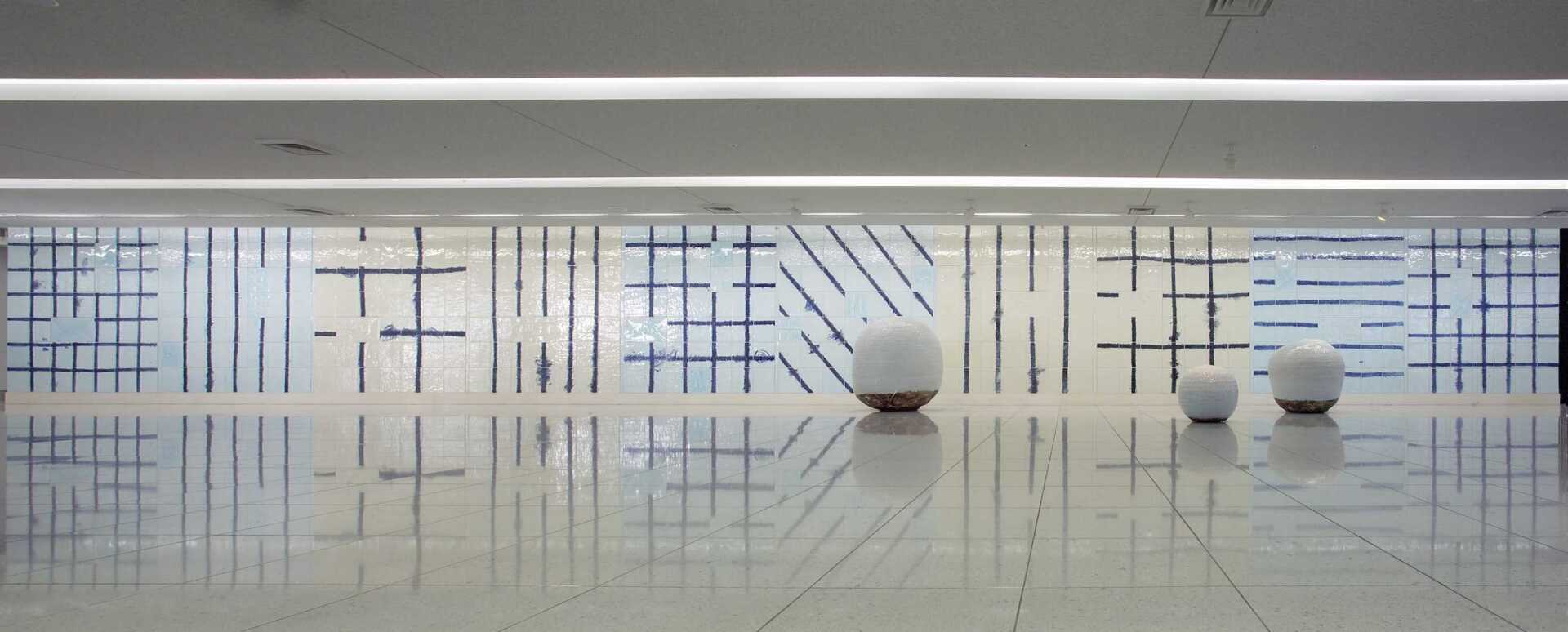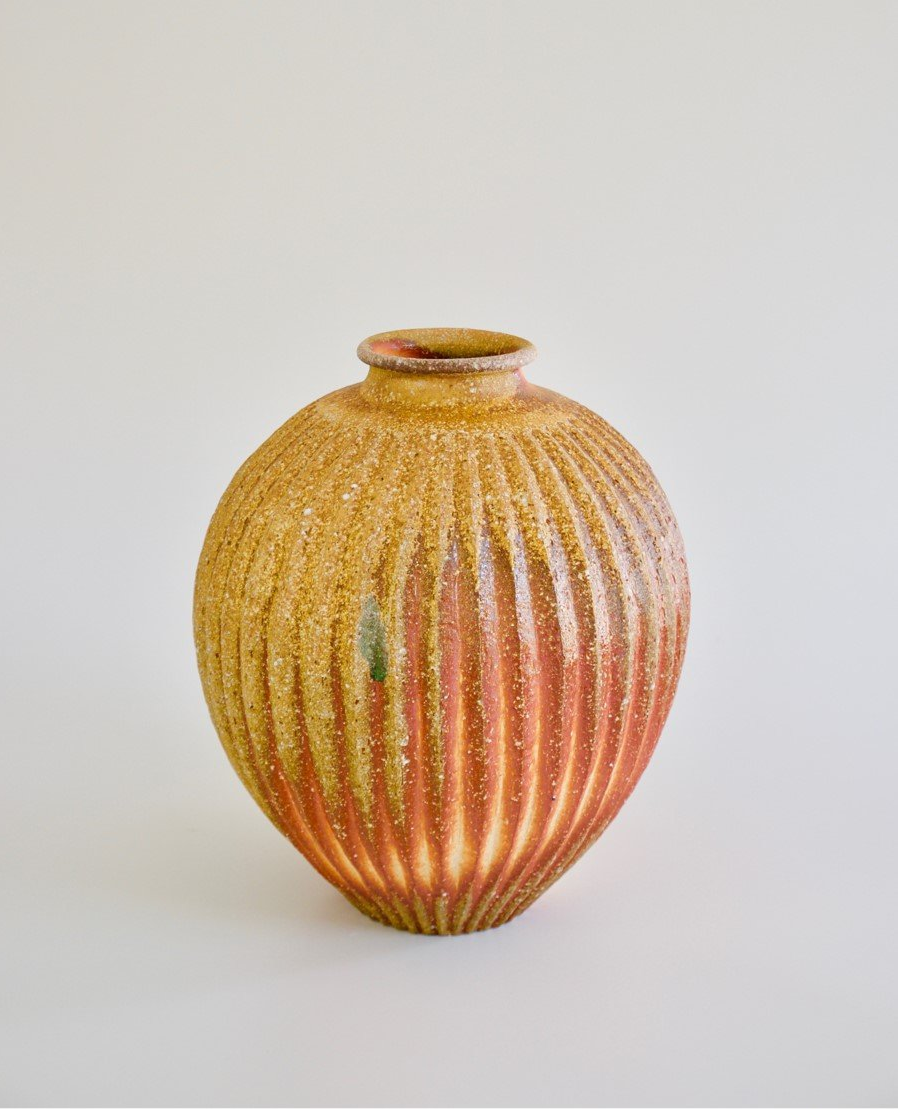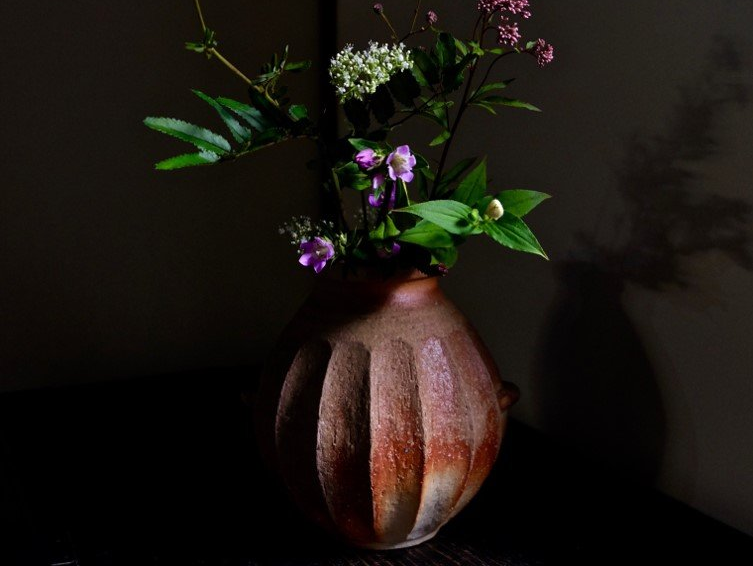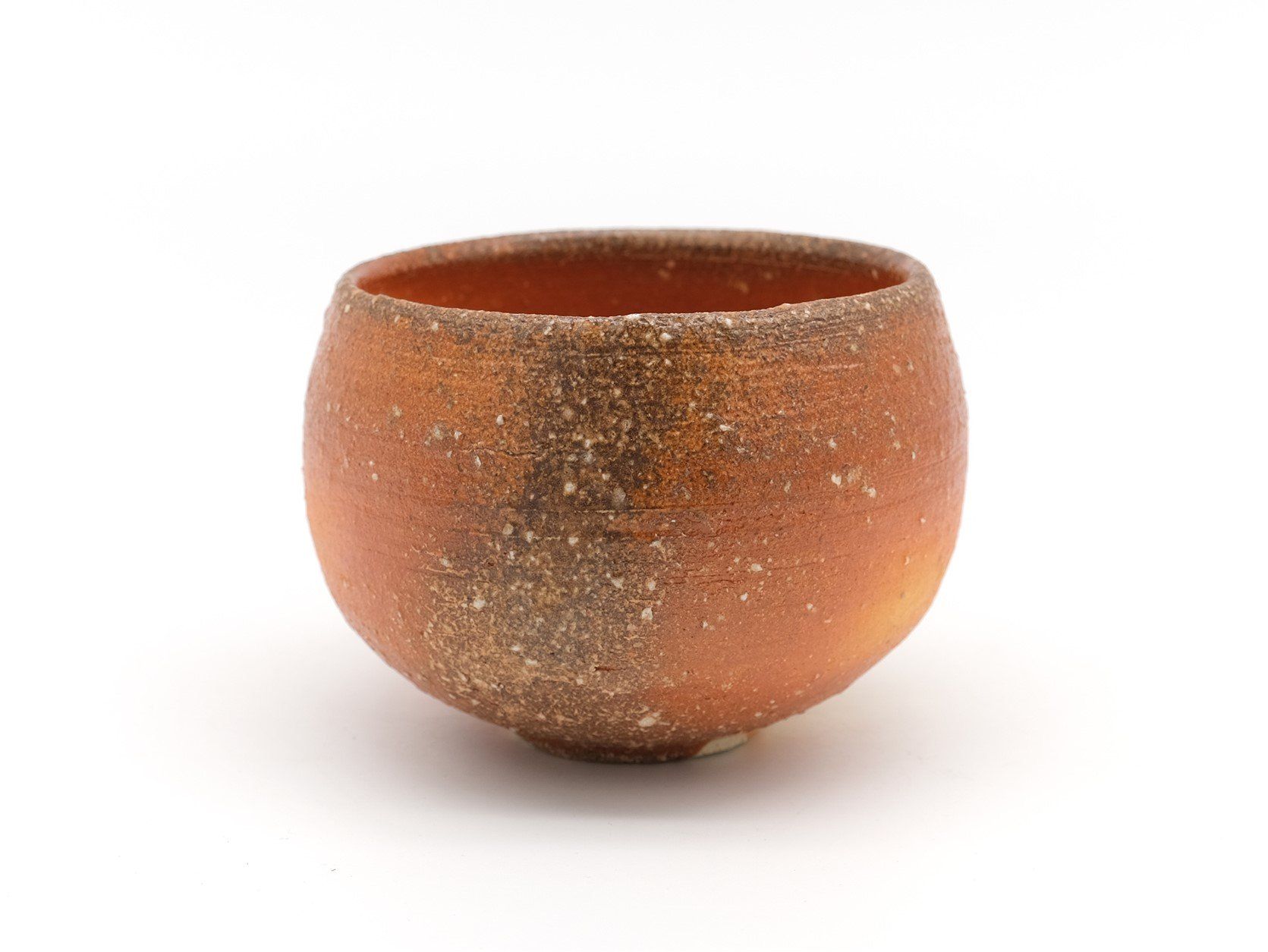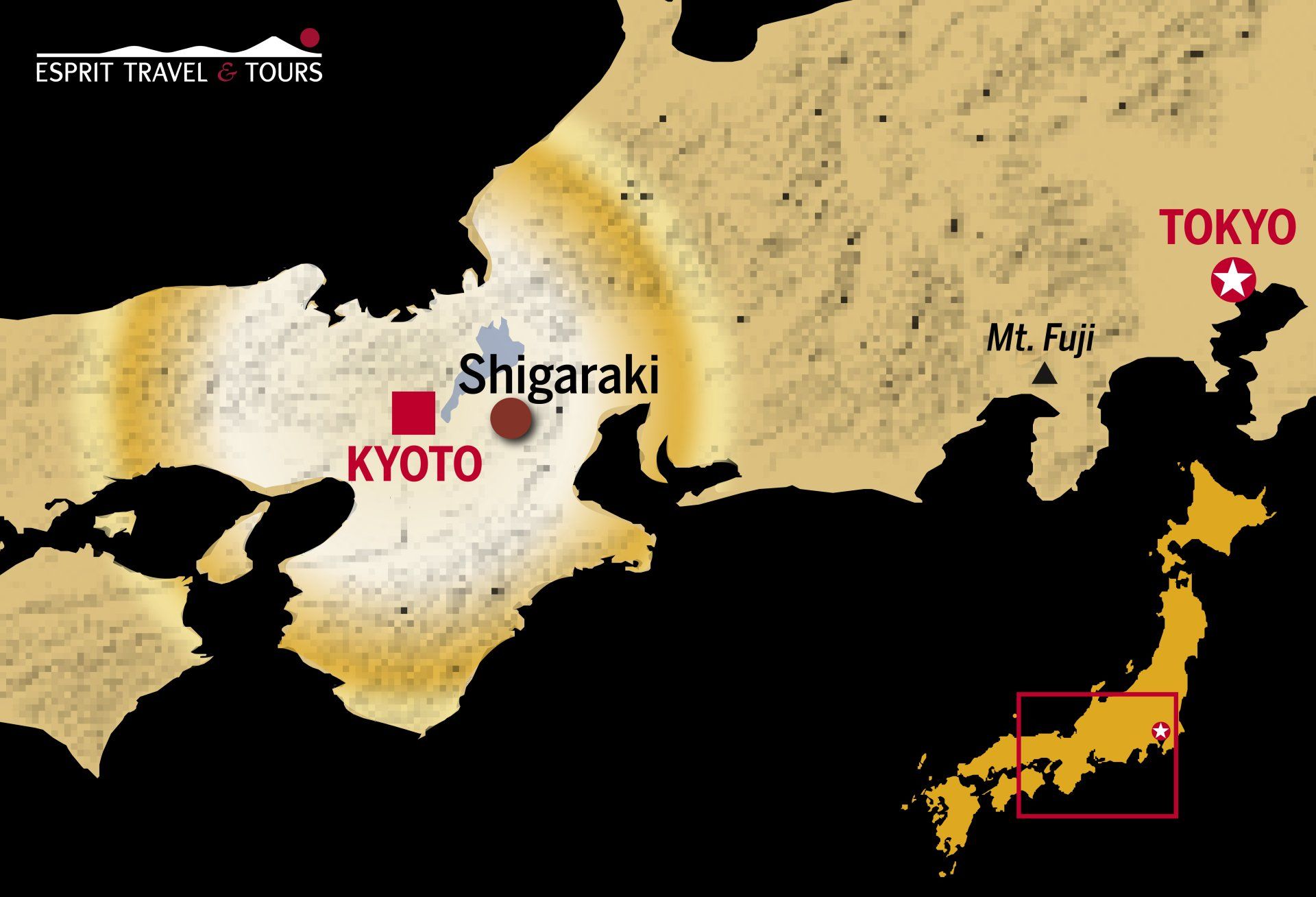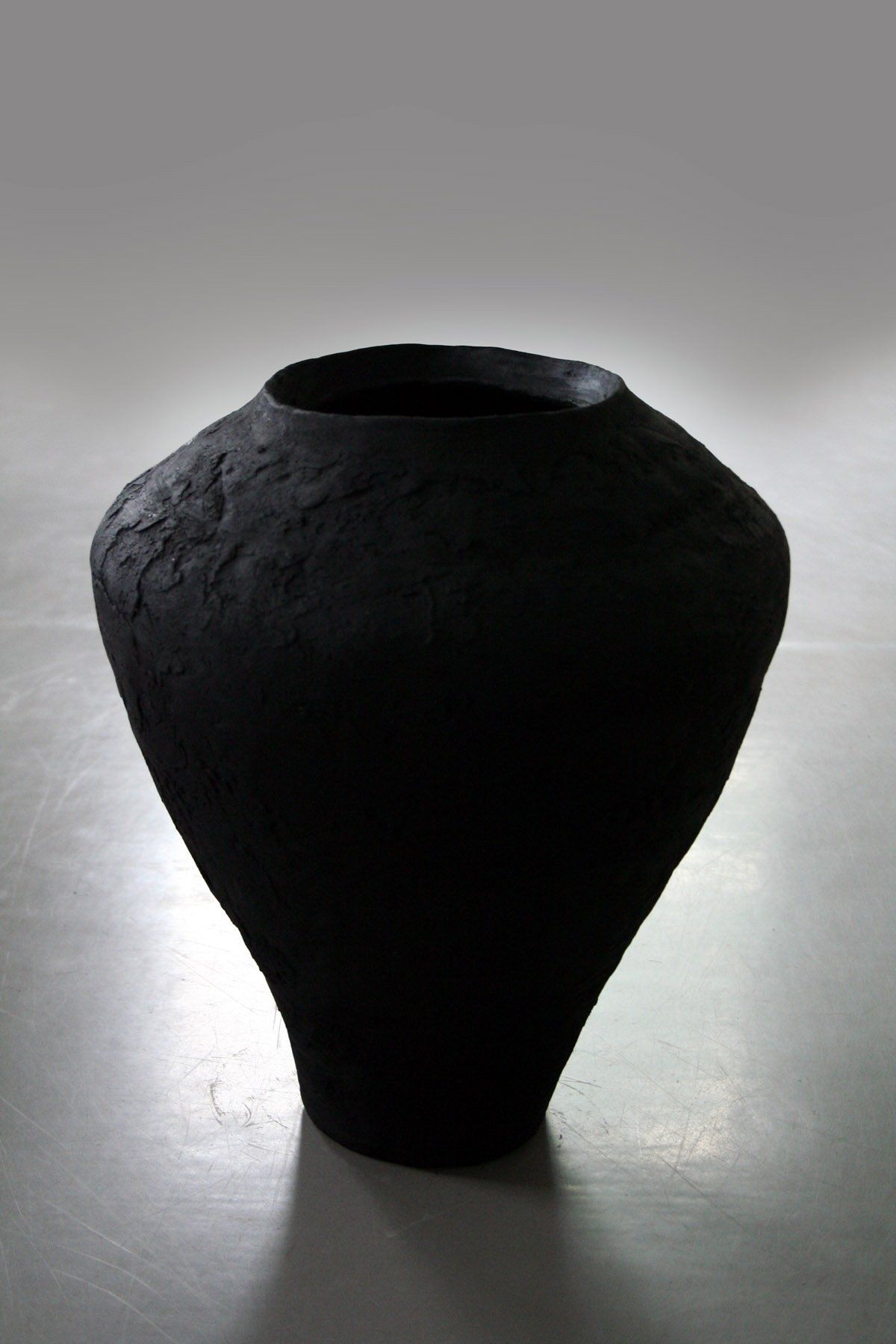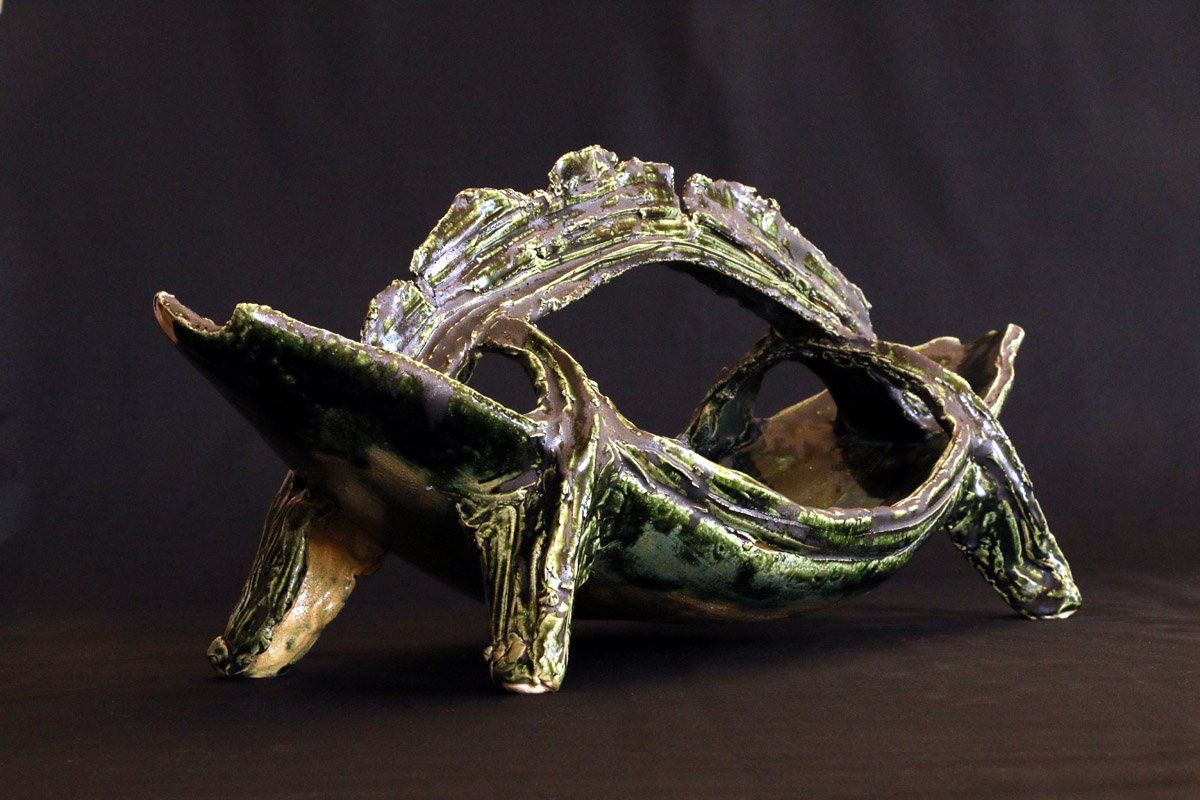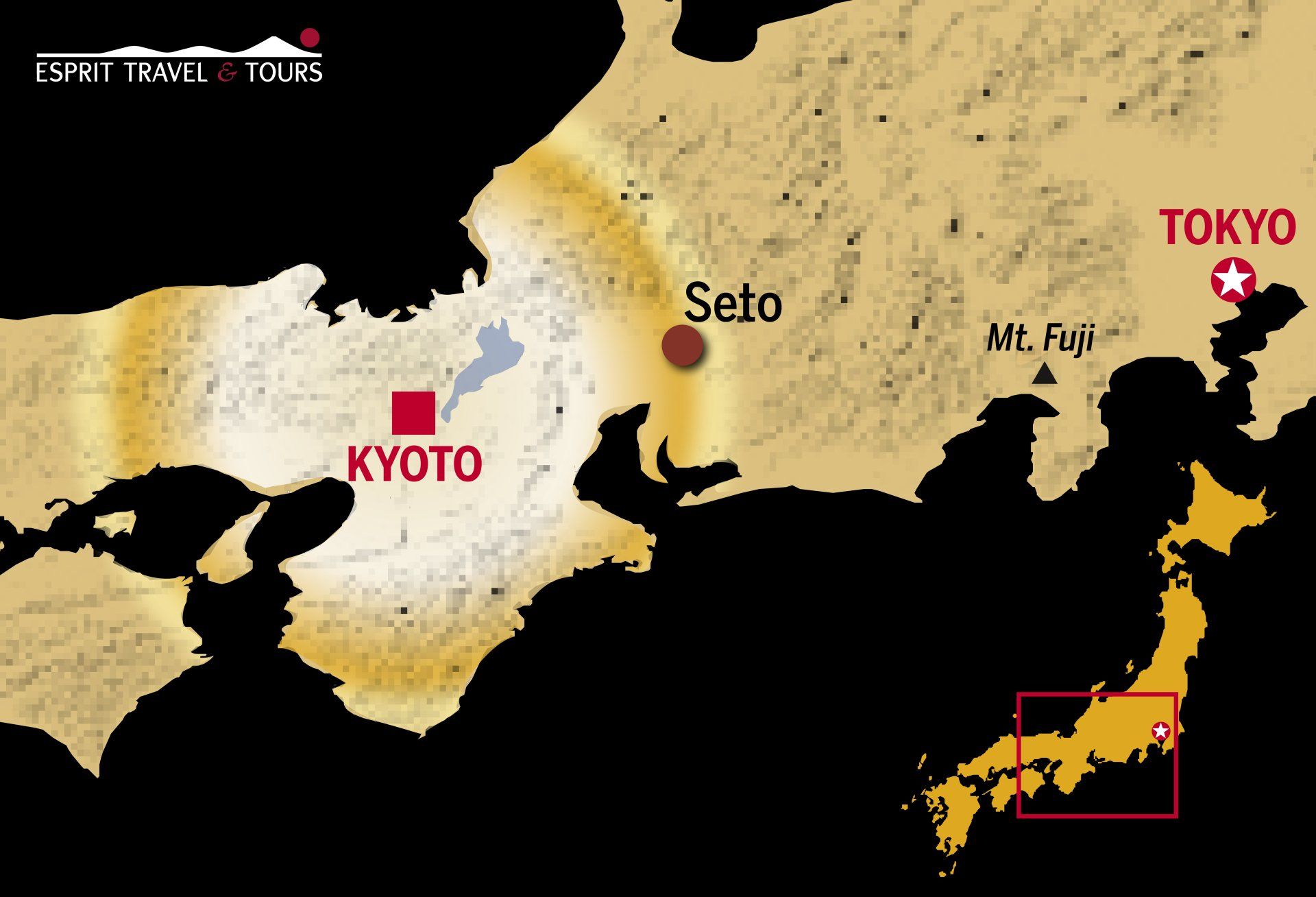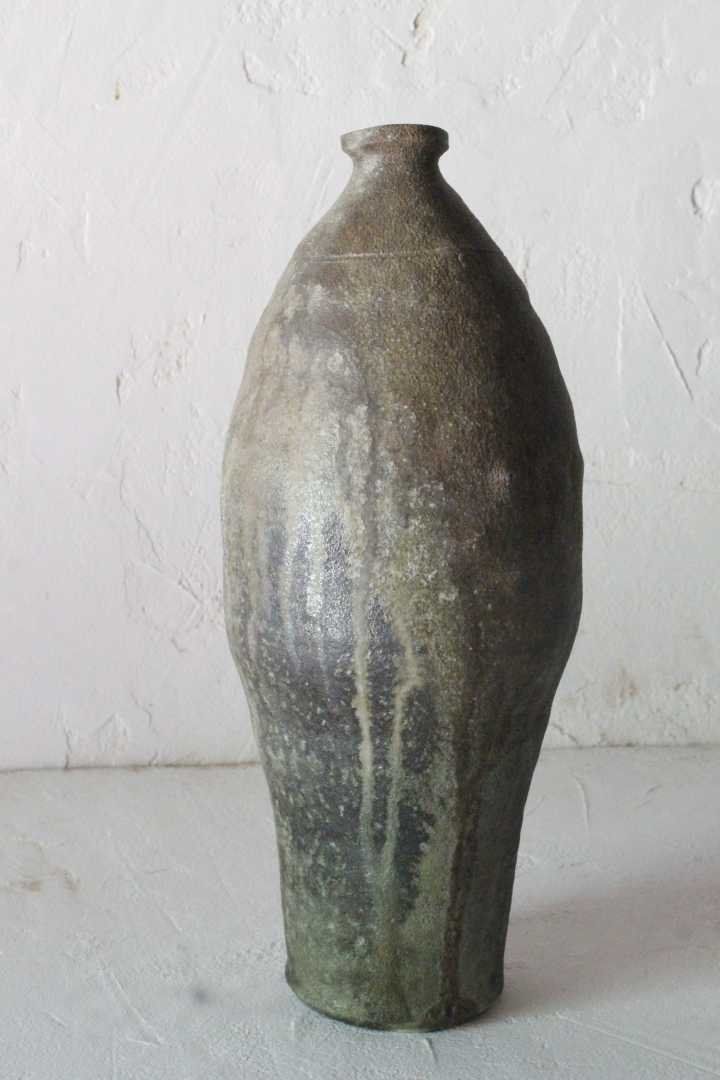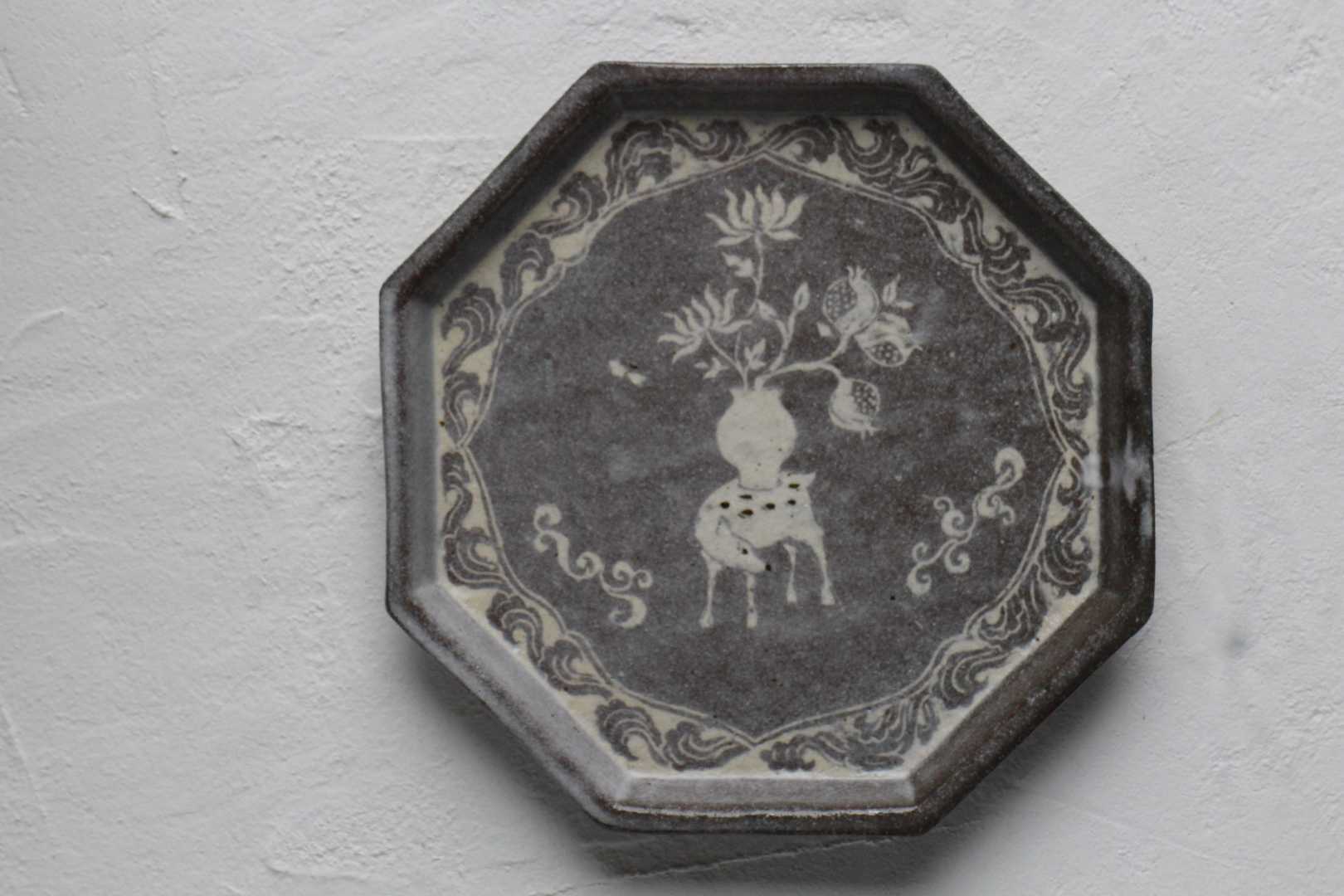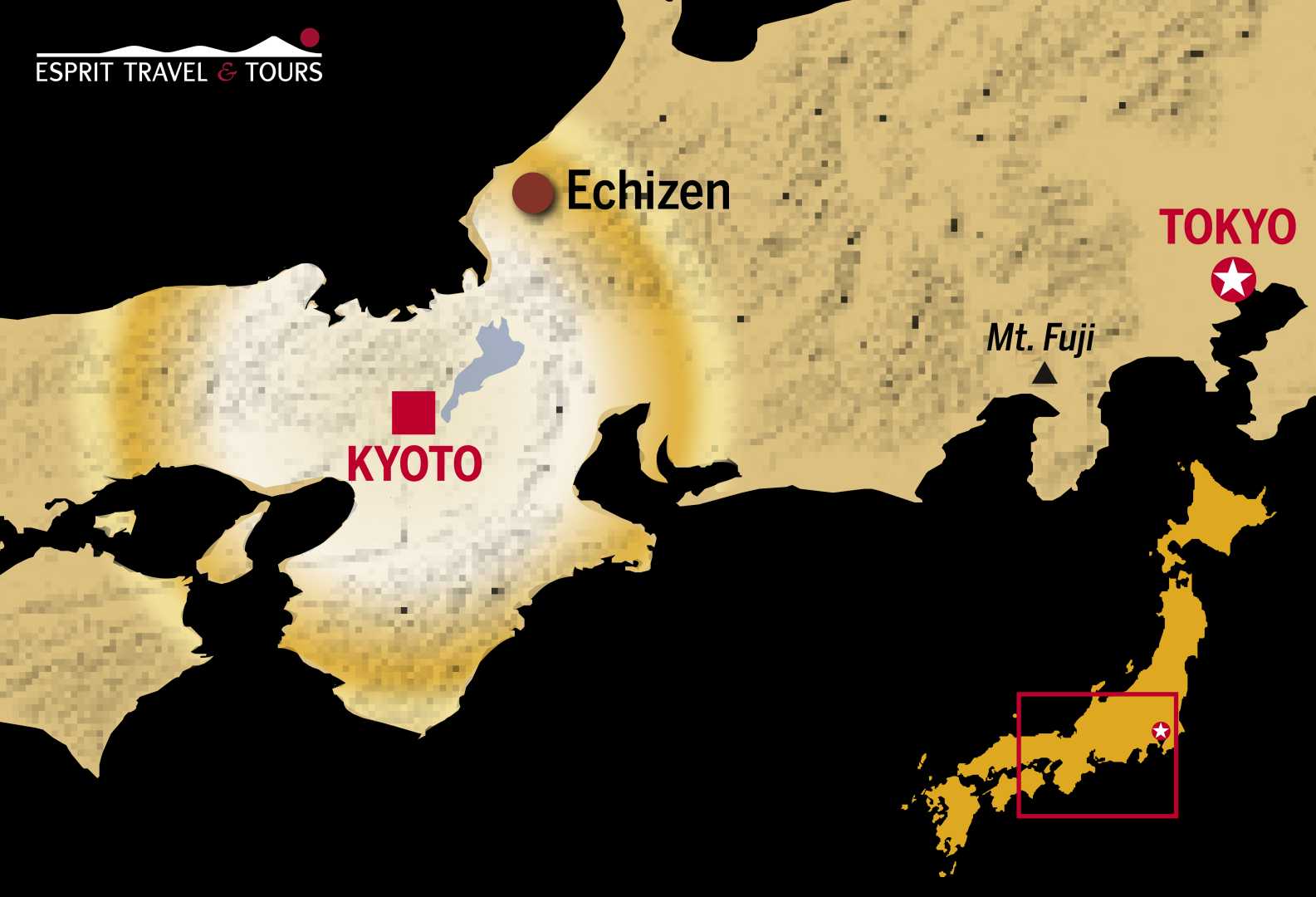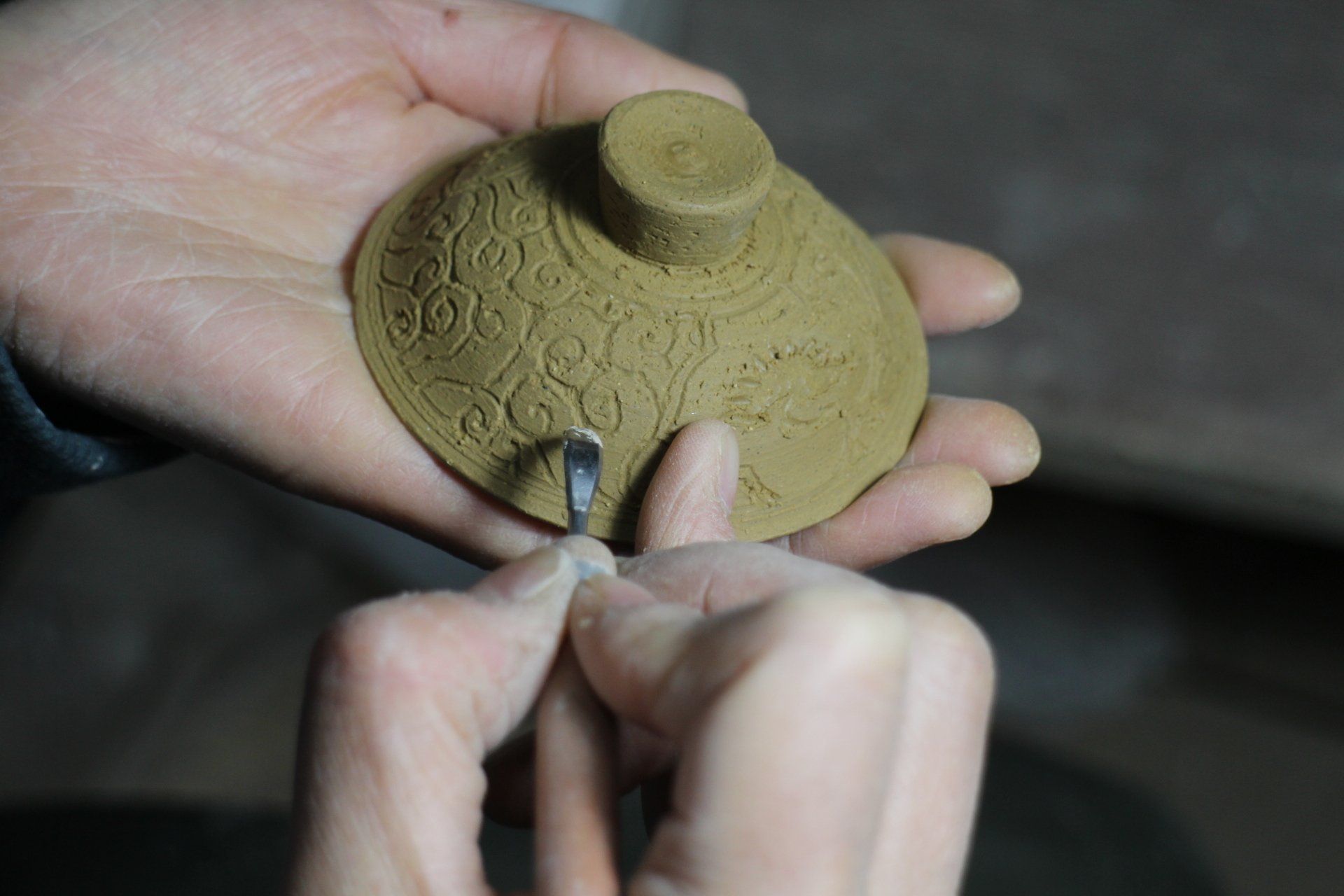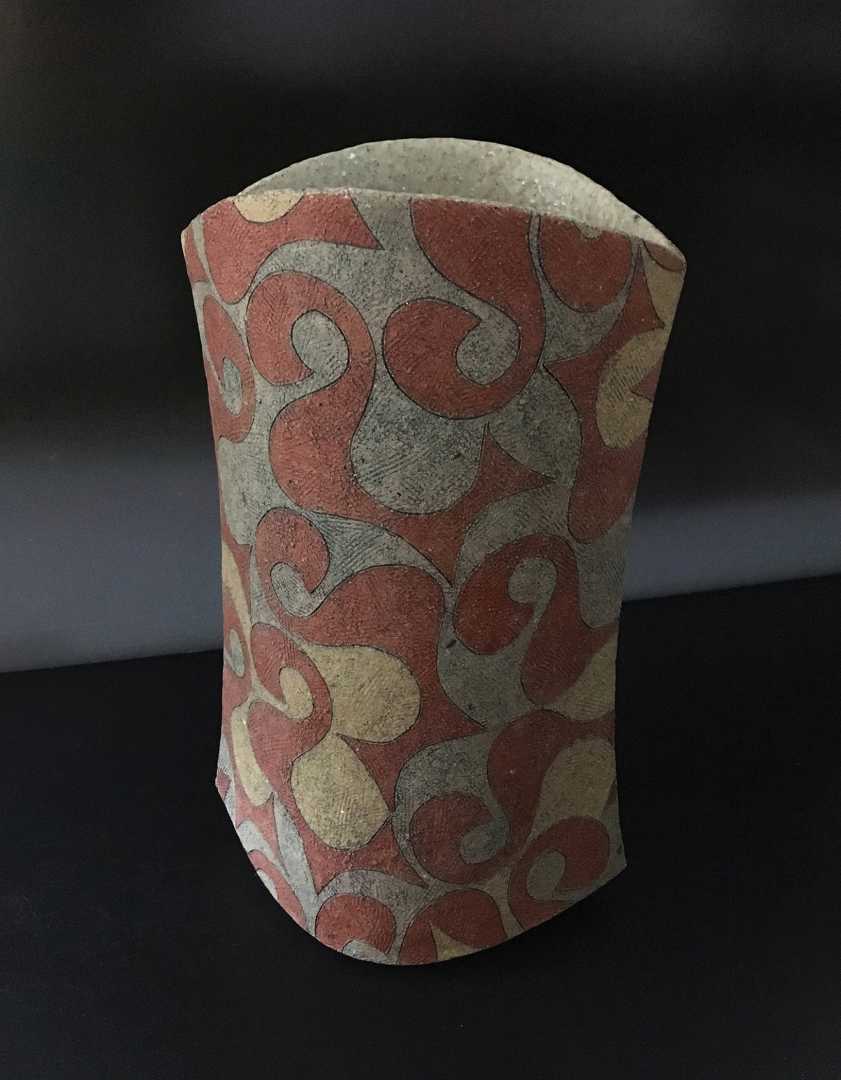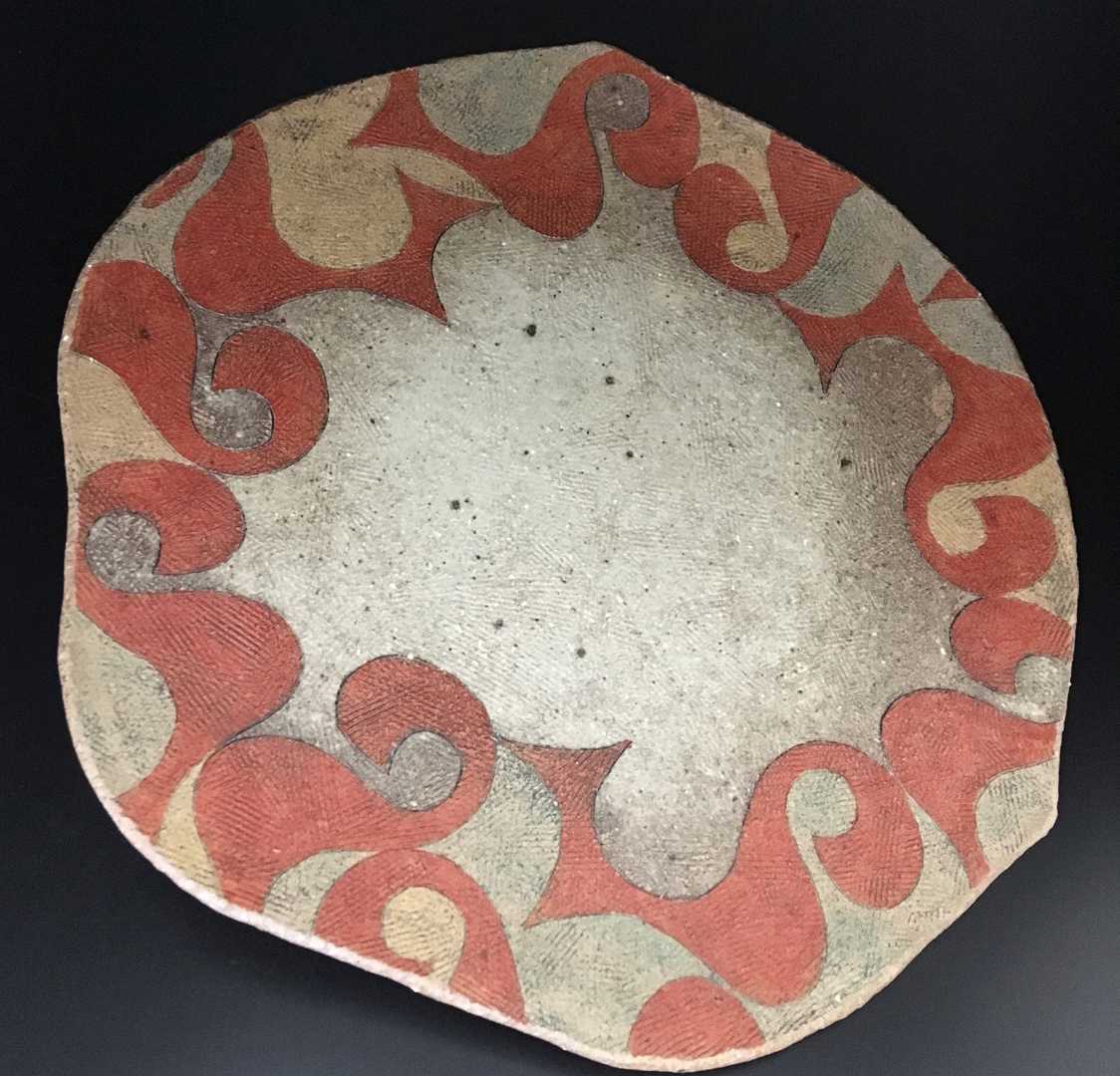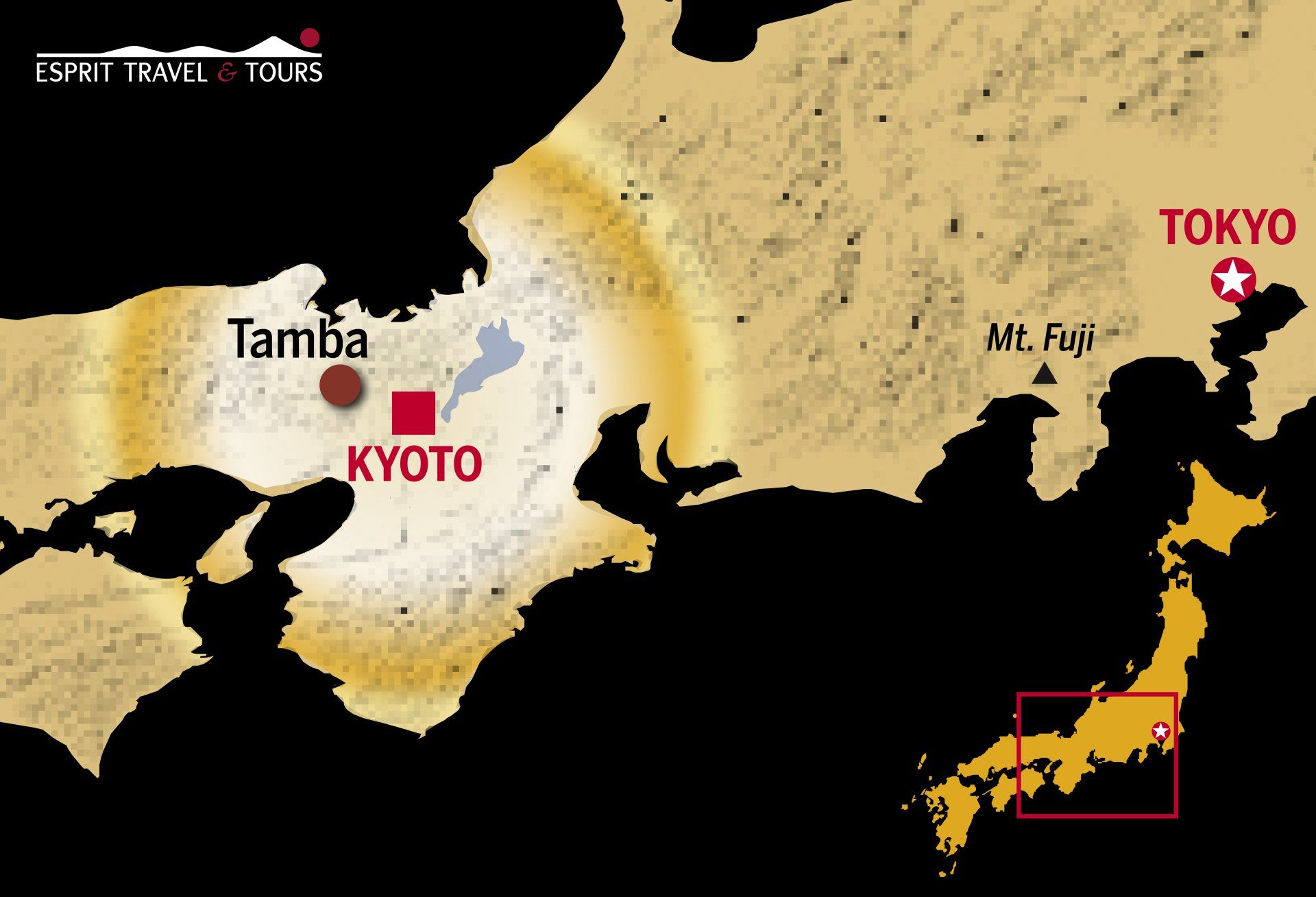Six Ancient Kilns of Japan:
Yesterday, Today and Tomorrow
Yesterday, Today and Tomorrow
Write a tagline or short description
Biography
Get the entire six-part series now for only $25USD.
Bizen
Bizen is one of Japan’s classic kiln towns and dates back nearly 1000 years.
The fact that Bizenware uses no glaze at all, but is the result of the action and movement of heat and ash inside the kiln makes this a truly amazing form. Whereas glazed ware from other kilns may be fired for one day, Bizenware is fired for well over a week.
Tokoname
There are many traditional pottery kilns dispersed throughout (the) regions of this land. Production regions have a diversity of unique “faces”, and, on many fronts, have vied with one another to create highly-valuable, artistic works. Essentially, I liked the faces, sense of volume, and look of making masses of ceramics as a manufacturing industry, and it has been over half a century since my Tokoname encounter.
- Yamada Shujiack
Yoshikawa
Masamichi
“I always draw on the back of my pieces as my signature.”
On April 6, 2021, Yoshikawa Masamichi joined us from Tokoname to discuss what inspired his unusual forms and glazes and see a range of small architectural pieces to large-scale installation works. In the video you will also hear a discussion of Tokoname yesterday, today and tomorrow from Rob.
Shigaraki
Shigarakiware is one of the best known styles of Japanese ceramics with a rich and varied history. Since there is no glaze, the focus on on the form and the texture of the work.
Takahashi Yoshiko
“What I really love the most is the different shades of ash and the contrasting colors on every line I make. ”
On May 6, 2021, Takahashi Yoshiko joined us from Shigaraki to discuss her family's history of creating vibrant traditional Shigarakiware, give us a sense of her background in Ceramics study and explain the carving process that she uses to create her vibrant works.
Seto
Seto ware originated during the Heian Period (8-12th century.). During the Kamakura (12-14th century) and Muromachi (14-16th century) periods, Seto was the only pottery center in Japan that produced glazed ceramics. Supported by its excellent locally-available resources and advanced technologies, Seto has constantly been leading other production centers throughout its long history.
Echizen
The six ancient kilns began production from the Heian period (794-1185) to the Kamakura period (1185-1333).
Echizen ware is notable for being fired without the use of enamel and pieces are often not decorated either, resulting in a simple texture. One of the appeals of Echizen ware is its natural glaze that comes from firewood ash covering and dissolving into the pieces as they are baked at a high temperature.
Domoto
Michihiro and Kumiko
“This is how we work together--next to each other.”
On July 6, 2021, Domoto Michihiro and his wife, Kumiko, joined us from Echizen to introduce us to their unusual inlaid works. Kumiko san shared that her inspiration for the designs comes from old ancient Korean, Japanese and Chinese patterns and then she makes her own designs. The forms she works on are created by Michihiro san.
Tamba
Tamba ware can be dated back to the Kamakura period (1180-1230) when its wares were used for the everyday needs of the people who made it. The Tamba ware style was traditionally characterized by a reddish-brown color from the iron-rich slip called akadobe and a greenish-brown glaze from vitrified ash during the firing process. From it, a variety of pieces were born, from household items like pots, bowls, and plates, to refined pieces used for tea ceremonies.
Kako Katsumi
“My inspiration came from ancient pottery, particularly from the Yayoi period.”
On August 9, 2021, Kato Katsumi joined us from Tamba to discuss his kilns and show us a range of his current works. Kako san was born to a family of ceramicists in Kyoto but left for Tamba to work with wood-fired kilns (no longer permitted in Kyoto.)

